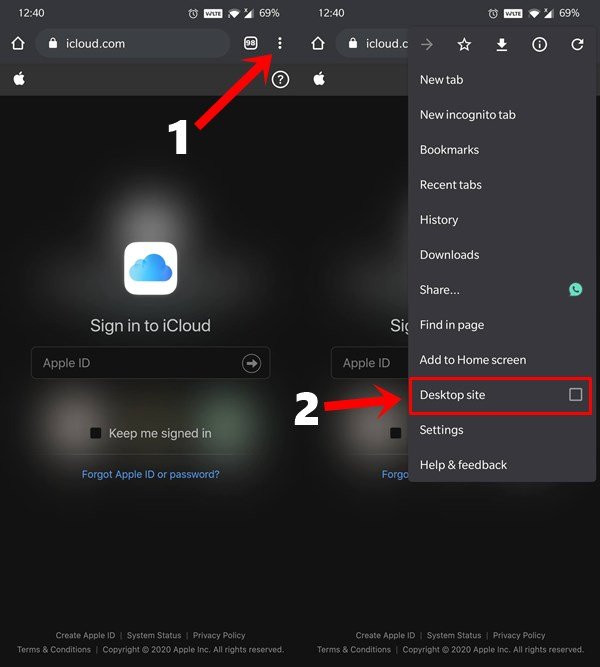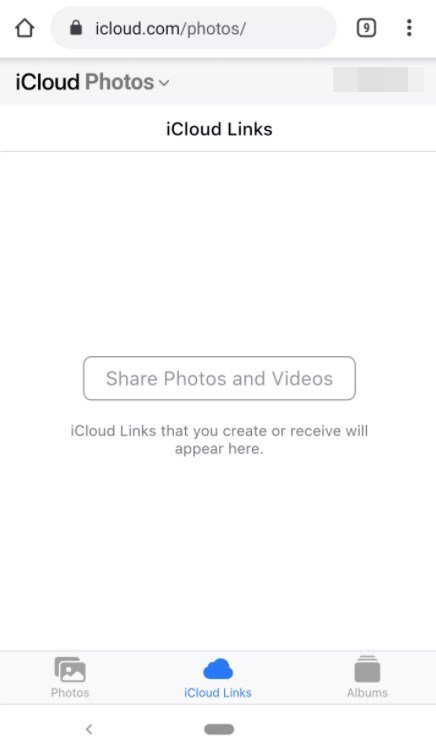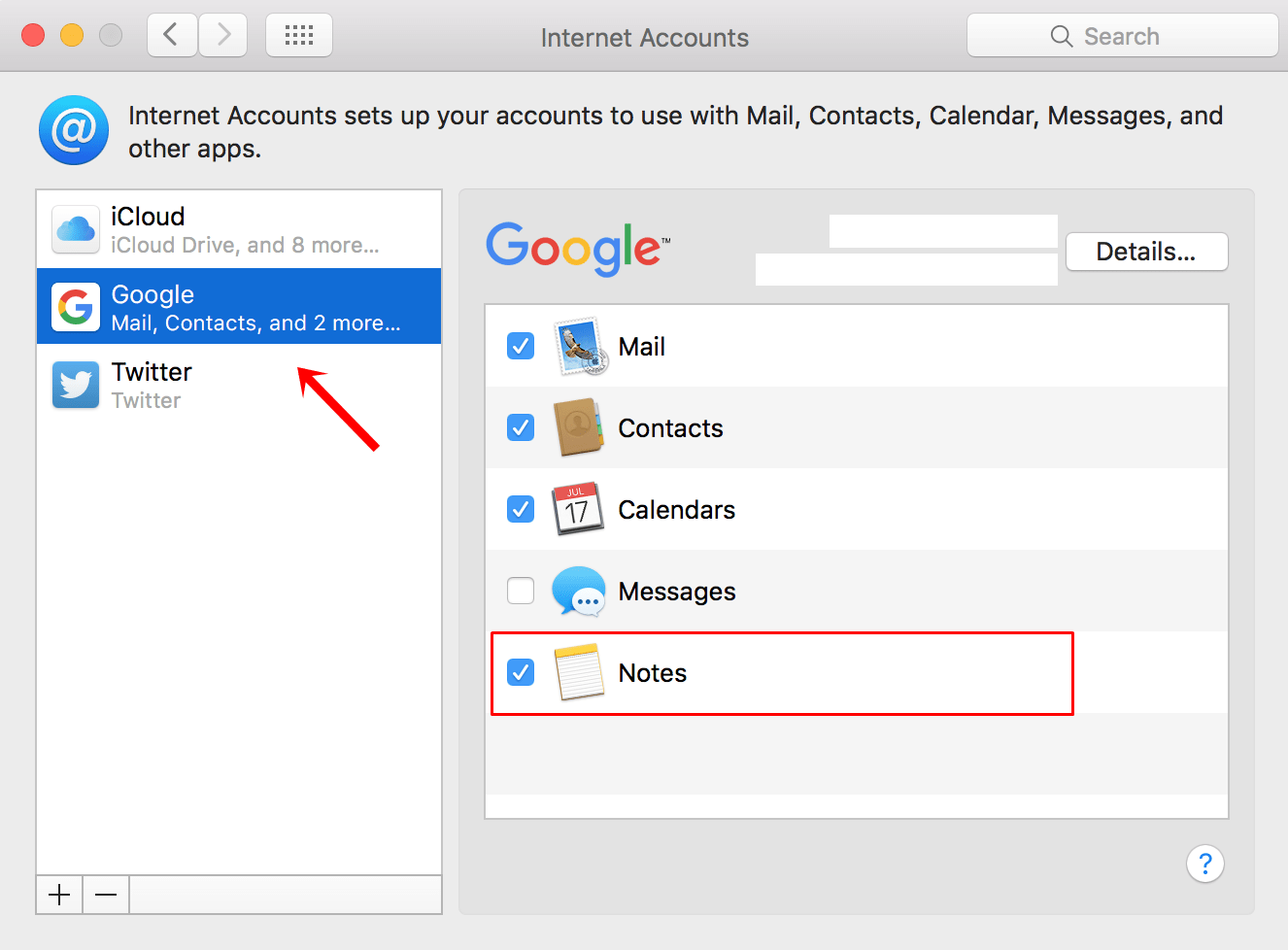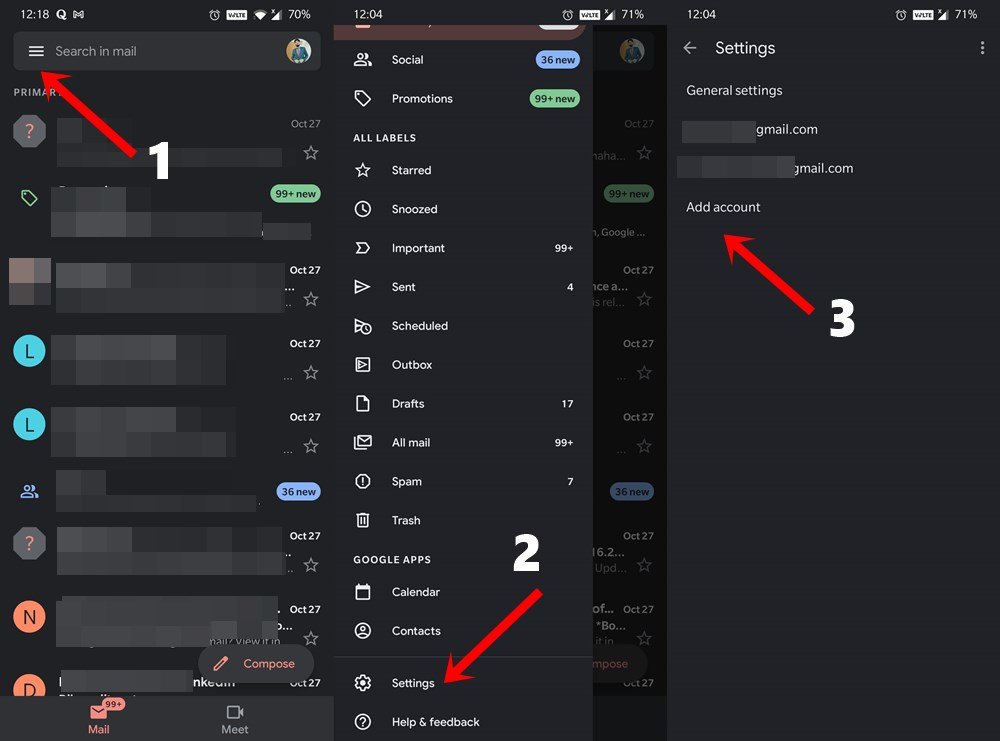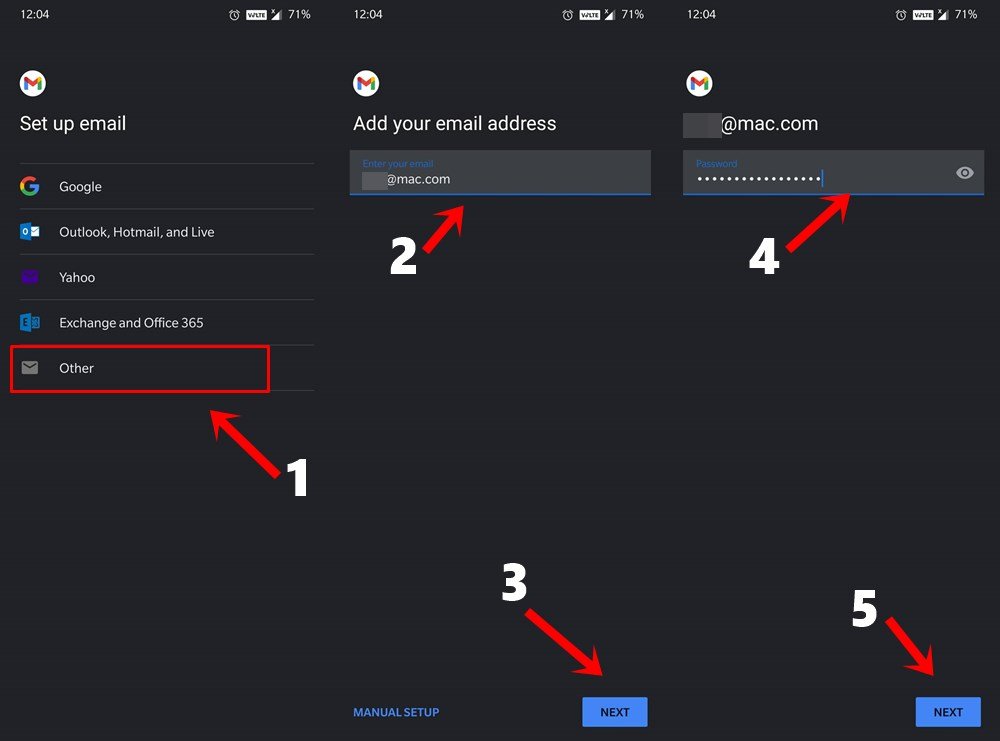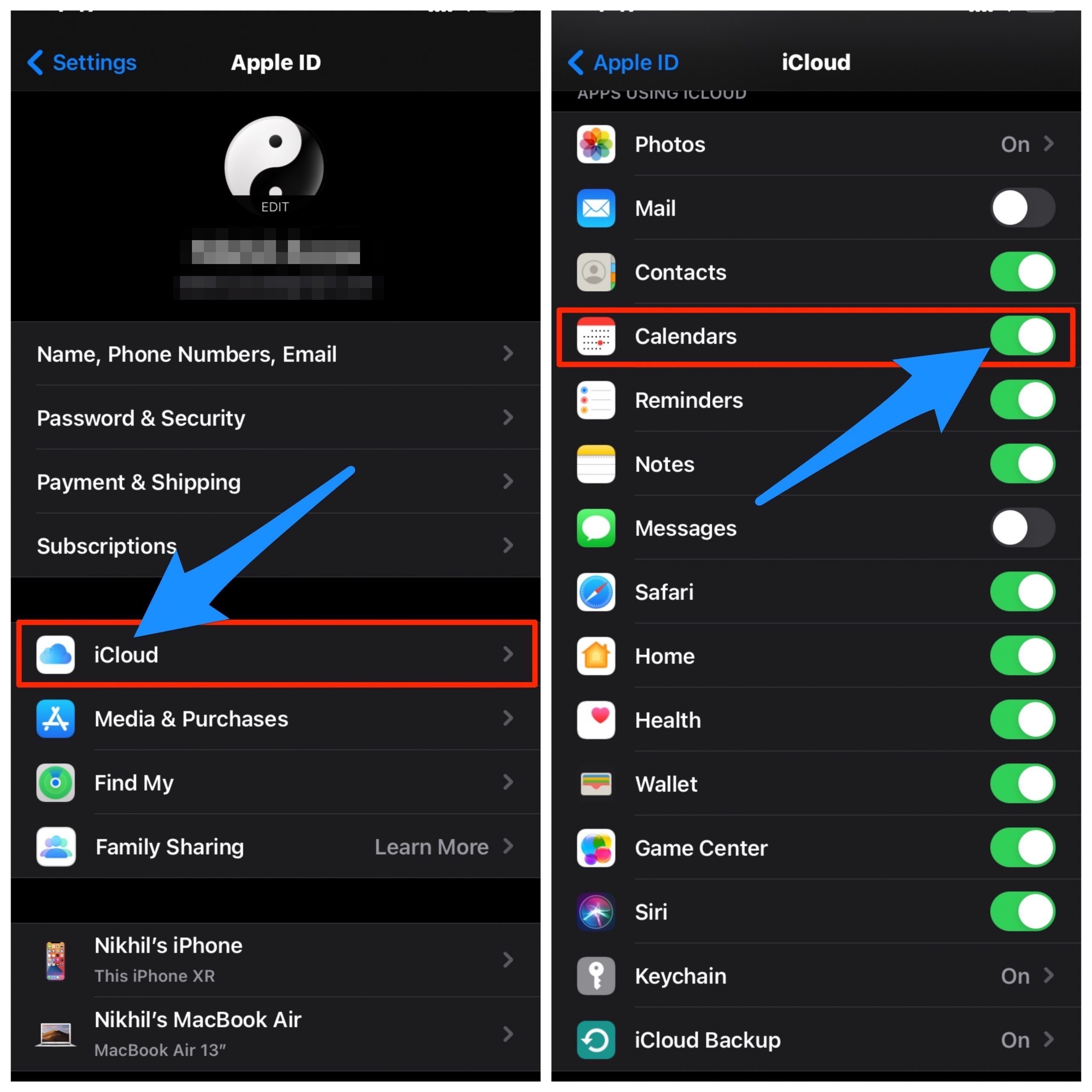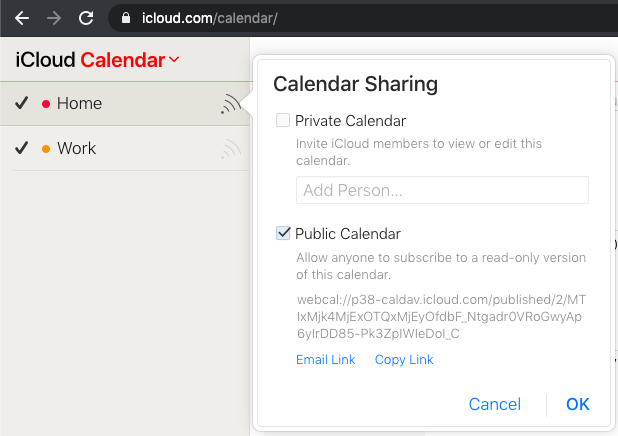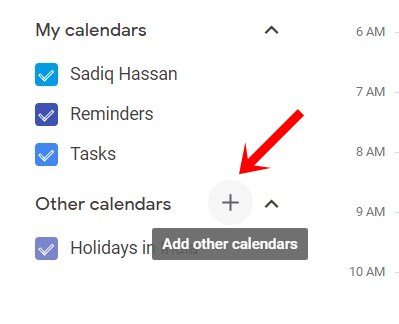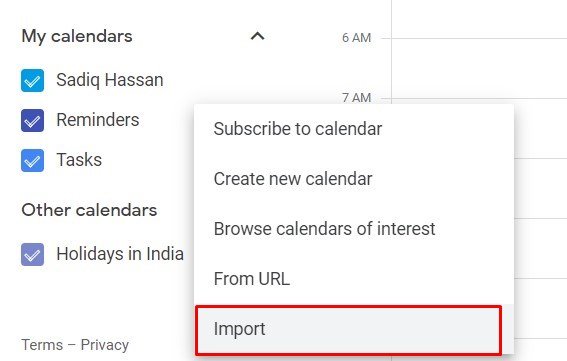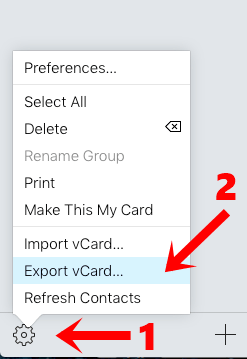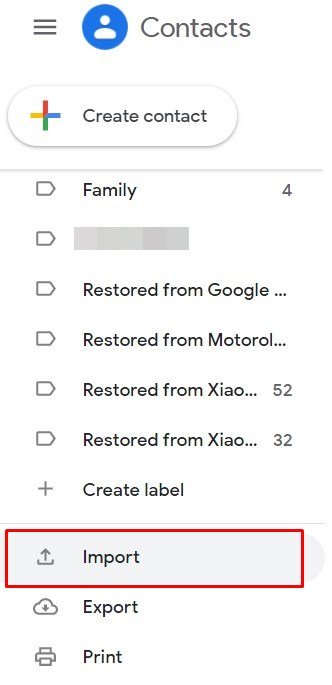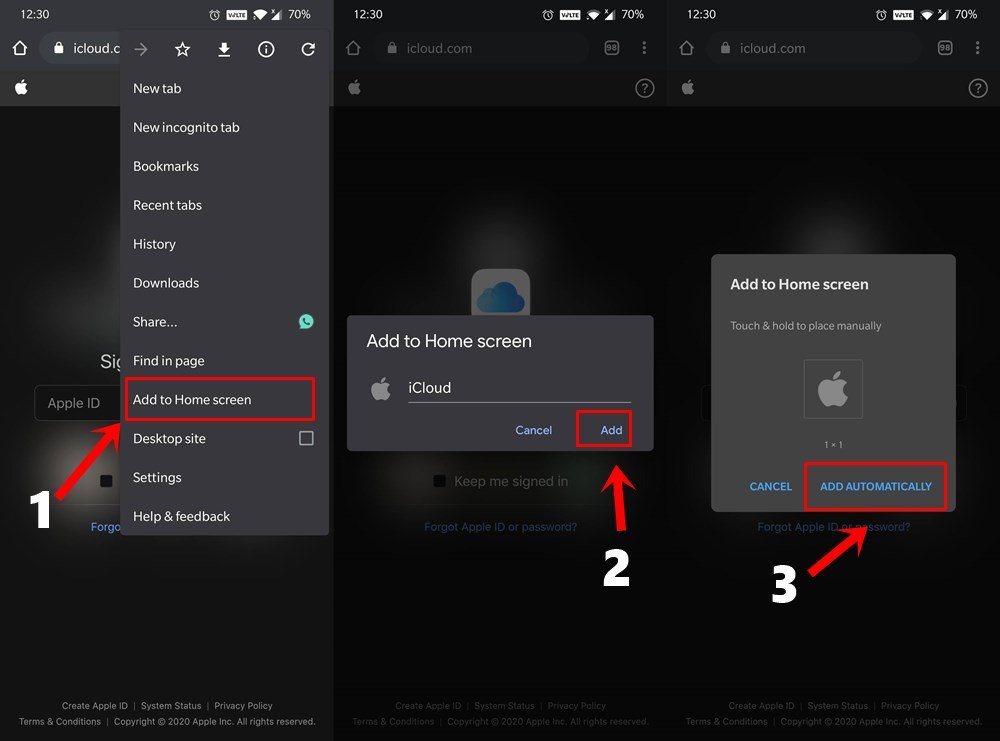Could you access this cloud storage service inside the Android ecosystem? Well, the reply is in the affirmative, though there are a few workarounds that you need to carry out. And in this guide, we will make you aware of just that. Follow along for the instructions.
How to Use iCloud Storage on Android?
Today, we will show you the steps to access your iCloud Photos, Emails, Calendars, Notes, and Contacts on your Android device. For that, the first prerequisite calls for heading over to the iCloud website on your Android device. You could do so via any browser of your choice. Once you open that site and log in with your credentials, you should see a fairly simple UI with just three options: Photos, Notes, and Find iPhone. However, you could further expand this page and get hold of the remaining features. To do so, tap on the overflow icon situated at the top right and tick mark the Desktop Site option.
Now the page will reload and features like Mail, Contacts, Calendar, Reminders, etc will be now visible. On that note, here’s how to make full use of all these features:
Accessing Photos on Android
Once you tap on Photos from the iCloud page, it will show you all the photos stored on the iCloud. Likewise, you could also upload new images, delete existing ones, or download your preferred ones locally on your Android device. Then the next option, iCloud links, allows you to create shareable links for your media files. The last option is Album which is self-explanatory in itself- it beholds all your albums, including the ones added to the Favorites.
Find My Device Feature
The second tab on this page is Find My Device that further beholds three important features: Play Sound to ring up your lost device, Erase
Accessing Notes
The third and final option on iCloud’s homepage (in mobile view) is Notes which stores all your saved notes. Not only you could view these notes, but also edit or delete them. Likewise, it also has the option of creating new notes. However, there’s another way of carrying out the aforementioned task, i.e accessing iCloud notes on Android. Head over to the System Preferences > Internet Account on your Mac and select your Google Account. There you should find the Notes app. Now any changes you make here would reflect inside the Notes label created in your Gmail Account.
The only flaw with this usage is that these notes wouldn’t be synced with iCloud. If you head over to the Apple Notes app on your Mac, you should now see two separate sections, one named iCloud and the other one as Google. Notes saved under the latter heading wouldn’t be synced with the former.
Accessing iCloud Email on Android
You could access the Email option by viewing the iCloud site in the Desktop mode. However, the same could also be done directly from the Gmail app on your device. Being more feasible and easy to use, this has been the preferred method for many. The below instructions should further help us in cementing this statement. That’s it. You could now easily access all your iCloud inbox. However, if for some reason this doesn’t spell out success for you, then there’s another way out. Head over to Android Settings → Accounts → Add Account → Personal IMAP and enter your Apple account credentials.
Accessing iCloud Calendars on Android
The method isn’t straightforward when it comes to accessing calendars on Android. But while this calls for efforts, the result is definitely to cherish. In a nutshell, we will export the calendar from your iCloud in .ics extension and then import it to your Google Calendars. The latter in turn could easily be accessed on your Android device. So with that said, let’s get on with the steps:
Accessing Contacts on Android
You could handle your saved contacts via the iCloud website in Desktop Mode on your smartphone. Likewise, one could also export these contacts from iCloud in a VCF format and import it over to the Google Calendar. The latter could then be accessed right from your Android device itself. Here are the required instructions for the same:
iCloud APK Download for Android
There is no Standalone Native iCloud App for Android but you can still access the Web App which works as a mobile application. This way you won’t have to open Chrome every time to access iCloud. Rather, the Web App will now be treated as a standalone application. To try it out, launch the iCloud website on your smartphone via Chrome and tap on the overflow icon. Then select the Add to Home Screen option. Give it a name and tap on Add > Add Automatically. This will now create an iCloud PWA on your home screen that could be directly accessed as and when required. That’s it!
Conclusion
Rounding off, if you would prefer to use iCloud on Android on a regular basis, then it’s better that you create a Progressive Web App of the same. With this, we conclude the guide on how to access iCloud on your Android device. Do let us know your views about this handy workaround in the comments section below. If you’ve any thoughts on [Guide] How to Use & Sync iCloud Storage on Android?, then feel free to drop in below comment box. Also, please subscribe to our DigitBin YouTube channel for videos tutorials. Cheers!
